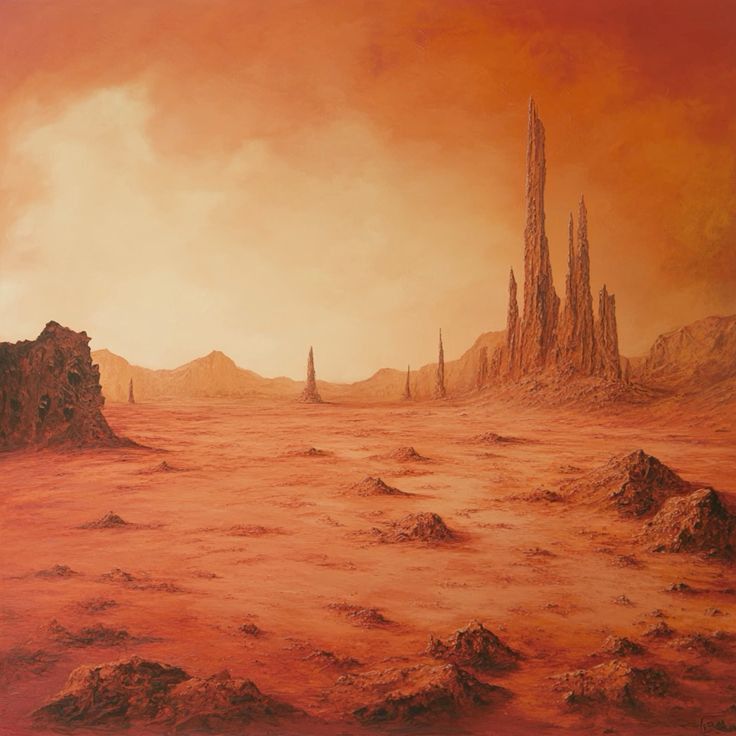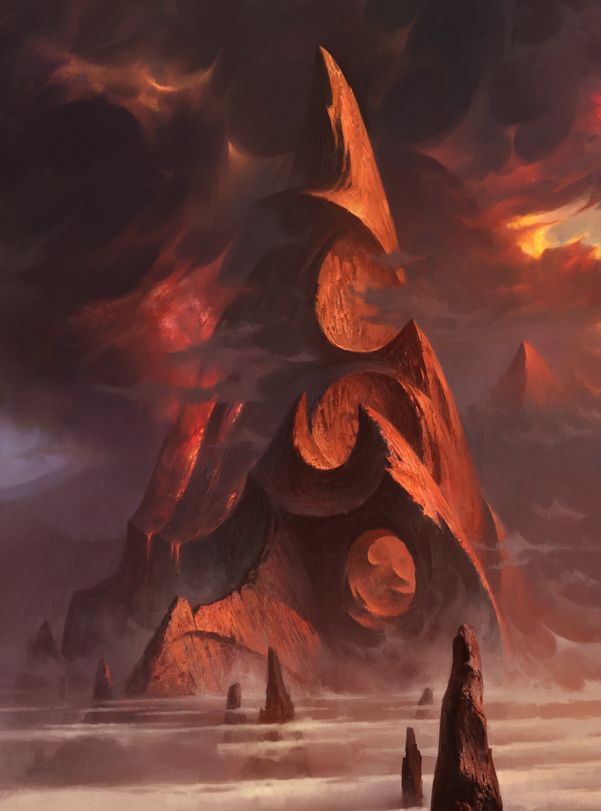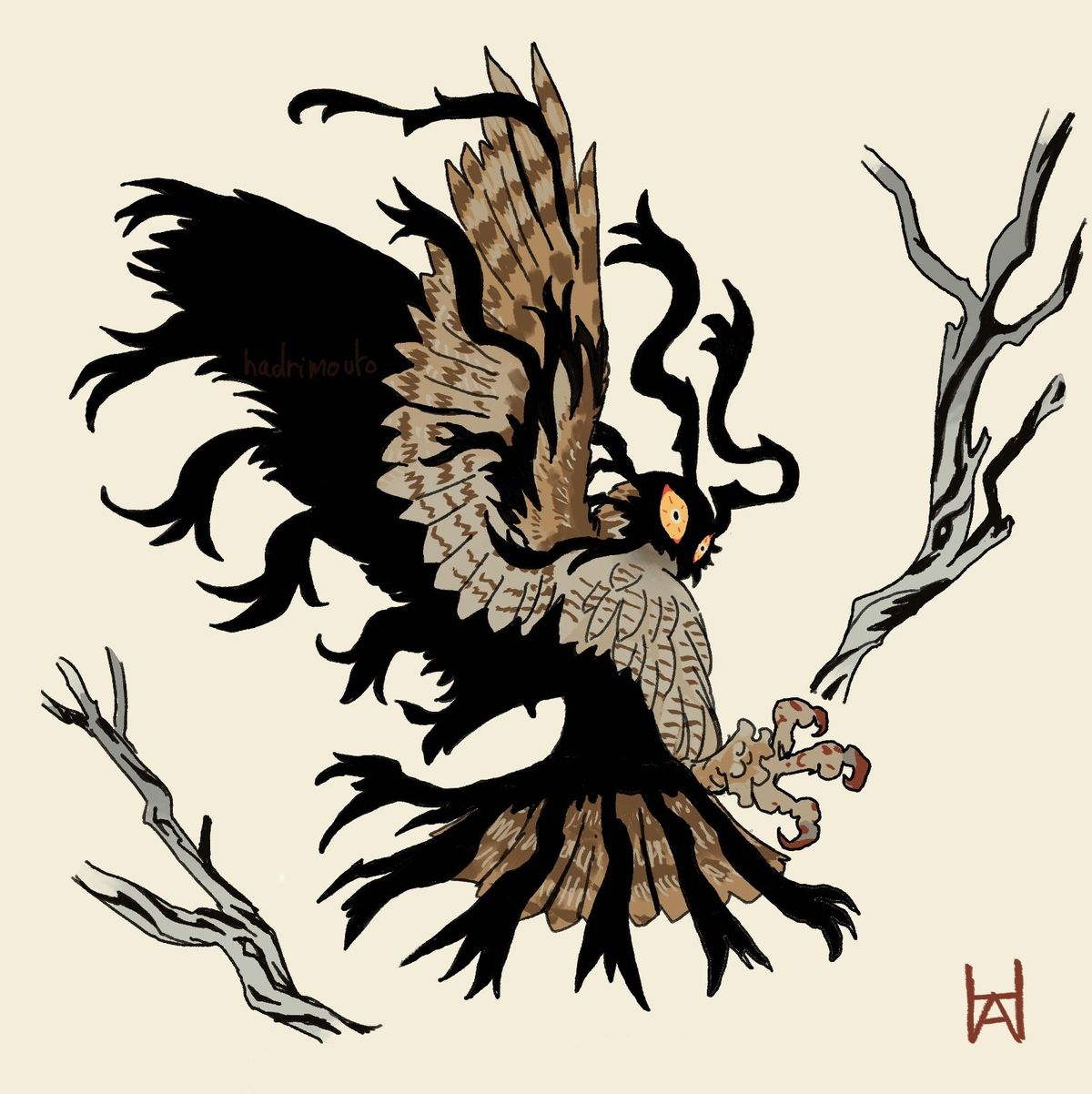Inbaria
Fear the sands that shimmer
Directly south of the Bot'Ilu, lies the dry and turbulent lands of Inbaria, or "dry spring" in the language of the Utsum. This strip of desert runs the span of southern Kerine, dividing the continent in two. In present day, the region is not controlled by any outside power, the sands mostly dominated by warring Utsumi tribes. While there is no centralized locations of power, there are hubs of trade and community sheltered from the ripping winds known as Talons, great stone structures jutting out of the sands and seemingly immune to its degrading effects.
Geography
Inbaria is almost entirely a desolate desert. Rolling dunes and occasional subterranean caves make up most of this regions landscape. Since Inbaria is landlocked, the region has no access to any saltwater ports for resources and trade. However, freshwater can be found mostly within the few subterranean caves scattered throughout the region as well as beneath the Talons. One of the distinguishing features that differentiates Inbaria from a rolling featureless region are the presence of Talons, great stone structures that jut out of the ground, often resembling the talons of some great beast. There are four of these Talons that are distributed north to south: Restul, Minus'Tal, Salas'Tal, and Tal'Diim.
One striking feature of Inbaria are the sands themselves. There are regions where the sands are colored a muddy crimson that shimmer in the sunlight. While many believe the reddish color given to the sand is due to decades of blood staining the ground, the shimmer is attributed to Utsumi scales of the fallen buried within the sands or ground into fine grains by the passage of time. These areas are often avoided as they are areas where battle is commonly joined in order to avoid ambushes.
Ecosystem
Flora across Inbaria is scarce. Most have adapted to the unstable environment by developing extremely deep root systems that are able to anchor themselves onto solid stone deep beneath the sands. More plant life can be seen around the few subterranean caves across the region due to the solid stone's proximity to the surface, requiring plants to exert less energy to anchor themselves. These plants tend to be smaller compared to those found in the open desert, not due to resources, but because the older plants that were able to establish themselves before the sands rose are all that are able to survive in those places. Another adaptation plants have made is that fruits are developed and held internally beneath the cuticle. While this may seem like a detriment with those wanting to feast of thee fruits of these plants causing unnecessary damage while harvesting, the fattiness of the fruit provides an additional layer that aids in moisture retention.
The fauna of Inbaria are unique as well. Many of the beasts feed on two things one might not expect: blood and sunlight. Like the flora of the region, many creatures have adapted to initiate and drive the formation of energy by deriving it from the light of the blazing sun. However, moisture is required, and to satisfy this need, either derive moisture from water stored in plants, or blood stored in other creatures. Siphoning fangs, claws, and other structural adaptations make most of the carnivorous beasts of Inbaria appear 'vampiric.'
Localized Phenomena
Glass Squalls
While sandstorms are no stranger to Inbaria, a more intense version can occur within its borders. Localized thunderstorms bearing no rain can occur at various locations around the region. As sand is whipped through the air, lightning strikes it as well as the ground around it. From the heat of the reaction, the sand is instantly transformed into a shard of glass with pillars of glass appearing where the lightning struck the ground. For obvious reasons, these Glass Squalls are extremely dangerous. The locals believe these storms are caused by a Lua that travels the desert yearning for a people he had lost, making graves of glass where warriors had fell.
Nemiiqi of Blackened Wisdom
Within Inbaria, there is a species of subterranean owl-like animals that parasitically feed on other creatures during the night called Usari. Their feathers insulate themselves from the head of the day and cold of the night, and their beaks are adapted for siphoning blood through via capillary action. However, there are accounts of a particularly large Usari that was able to speak to travelers. These accounts often spoke of the creature as a protector or guide that called themselves Nemiiqi, leading those lost in the night among the sands towards their destined location. However, other accounts describe this creature as a monster, attacking those with cruel intent. People believe this entity to be another Lua of the desert that simply appears as a large Usari with a blackened shadow it wears as a mask.
Natural Resources
As a result of their need to penetrate thick hide and bone plates, creature bone in Inbaria is extremely durable and thus can be used to craft cheap tools and weapons that are used across Kerine. However, the meat from these creatures often tastes bloody like iron even when properly prepared, making it generally undesirable as an export.
Gems can be found forming within Talons and subterranean caves over the years which are often sold at high prices to other settlements outside of Inbaria. This, paired with bone charms crafted by Utsumi tribes and medicinal powders made from bone powder and crushed local herbs make up the most valuable exports found within the desert.
Finally, the bulk of exports from the Talons in Inbaria are small white berries with multiple drupelets called Barin Teeth. These plants grow only in the Talons as while they are resistant to head and a dry climate, they require significantly more moisture than what can be found anywhere else within the desert.
History
Inbaria is typically regarded as the birthplace of the Ustum, a humanoid lizard-like race that can be found in Kerine. Historically, the Utsum are known as one of the few ancient races of Kerine that remained neutral during the conflict between the Idoran Empire and the Cabali Dynasty.
Since history has been recorded, accounts have always described Inbaria as one wracked with strife. This is widely accepted to be due to an event called The Gutting of Tal'Diim.
Prior to this conflict, the Utsumi tribes lived only in relative conflict with one another. However, these conflicts were kept outside the the Talons, only battling in the open desert over the ownership of the Talons. It wasn't until an Utsum by the name of Graziln the Needle from the Gissuran Tribe decided to raise the stakes of the conflict by assaulting the talon they wanted to gain control over. Essentially, a discrete group of Gissuan tribemates and Graziln infiltrated the Talon of Tal'Diim and took several hostages that consisted of the infirm, women, and children. Graziln demanded that the tribe currently in control of the Talon leave lest he kill the hostages and deprive them of a home to come back to. With significant deliberation, the reigning tribe of the Tal'Diim chose to leave the Talon and wander the desert. This tribe is no longer remembered, as it is believed they perished after their expulsion. Since this event, tactics adopted by warring tribes have become progressively more intense and aggressive due to the documented success of Graziln's actions.






The glass squalls are such a cool concept!